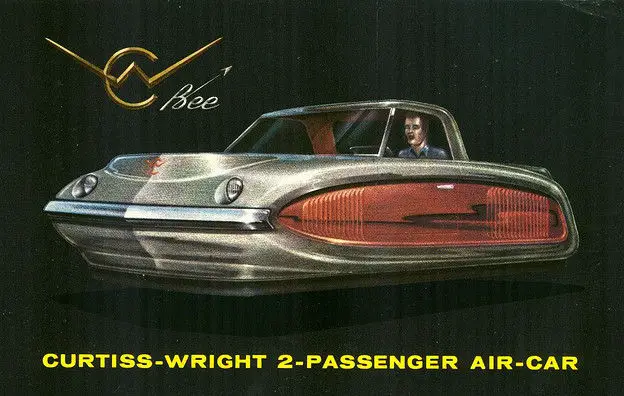Jonathan Dodd‘s latest column. Guest opinion articles do not necessarily reflect the views of the publication. Ed
Back in the old familiar mists of time, I remember being very interested in the future. That was, of course, when the future was seen as a separate place that existed well out of reach in some comfortable hinterland where things were going to be different, but we didn’t need to think about it too much. It was understood that it would take ages for the future to happen.
In the early part of my life there was a double thing going on. On the one hand we, as a race, were doing extraordinary things, like walking on the Moon. For most people, though, it all smelt rather like adventure stories that had escaped from science fiction films. Our lives seemed to be completely unchanged by all this so-called progress.
Watching the sets wobble on Doctor Who
Same old buses, same old school, same old uniforms; scouts, school blazers, working suits, twinsets and pearls. The closest most of us got to a science fiction future was listening to Telstar on the radio, or watching the sets wobble on Doctor Who on the BBC on Saturday nights.

It’s well-known that only a fool will predict the future, rather like betting on horses. Only the house wins, otherwise the world would be full of bankrupt bookies. It’s always possible that one person might predict the future accurately, but how would we pick this one out from all the others?
All the floors on the outside edge
Also, we’re a bit afraid of that sort of thing. We like our reality to fit into a well-defined cardboard box with a proper label. And rightly so, most of the time, because a lot of it is being shouted from the rooftops by people who have a lesser grasp of reality than we do. By definition. Like all the people who thought the world would end back in 2012. Some of them, apparently, still say it has, but we haven’t realised it yet. Never underestimate the power of denial, to requite my favourite movie line.
In 1968, Stanley Kubrick directed the film 2001, from the original book by Arthur C. Clarke, where there was a Hilton Hotel, rotating in orbit like a great double wheel, with all the floors on the outside edge, curving upwards out of sight. It was a wonderful invention, but fourteen years later we’re not much nearer. Besides, there were no mobile phones.
Dodgy audio effects
These mobile phones, which have become so much a part of our lives so suddenly, were made possible by the existence of geostationary satellites. After the Second World War, the same Arthur C. Clarke wrote about these geostationary satellites, long before they became a reality. 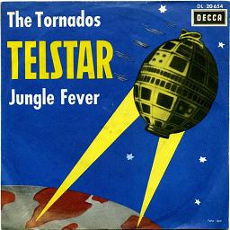 And Telstar wasn’t just a nice tune played by the Tornados with dodgy audio effects, it was the first working satellite, which prompted the beginnings of global communication.
And Telstar wasn’t just a nice tune played by the Tornados with dodgy audio effects, it was the first working satellite, which prompted the beginnings of global communication.
Arthur Clarke wryly observed later that he should have copyrighted his idea. If he had, he would have become the richest man in the world, much like Alec Guinness, who agreed to appear in Star Wars for a percentage of the profits. George Lucas didn’t have much money and he needed a famous name attached. Guinness loathed the whole thing, but it made him extremely rich.
End up rich by accident
So being able to predict the future doesn’t mean much, because you can be accurate but not be able to capitalise on it, or you can be completely unaware of the significance of what you’re doing and end up rich by accident.
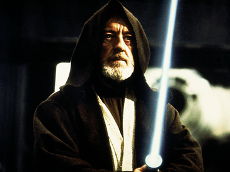 But there has always been a lot of interest in trying to see ahead and predict the future. In the Seventies there was an English weekly magazine called NOW!, which was supposed to challenge TIME and LIFE. It folded quite quickly, but I kept one issue, which tried to predict how the world, and our lives, would look in the future. At the turn of the century, I think. It’s probably on a box in the roof right now, and I should get it out for a good laugh, because I’m sure it was wildly wrong.
But there has always been a lot of interest in trying to see ahead and predict the future. In the Seventies there was an English weekly magazine called NOW!, which was supposed to challenge TIME and LIFE. It folded quite quickly, but I kept one issue, which tried to predict how the world, and our lives, would look in the future. At the turn of the century, I think. It’s probably on a box in the roof right now, and I should get it out for a good laugh, because I’m sure it was wildly wrong.
I wish I still had that piece of paper
Back then I decided to make a prediction or two of my own, and I wrote down an idea for future transport, which relied on wires under the road surface transmitting information and electricity to cars, which would be able to drive themselves wherever you wanted to go. I thought we would be able to phone up and order a car of a suitable size for our journey, like ordering a taxi, and it would arrive outside our door and take us there. Or we would be able to climb in one at a sort of taxi stand, put a token in the slot and punch in an address.
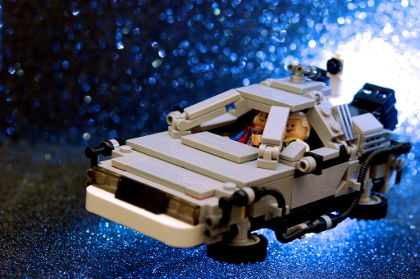
I had no idea at the time how all that would work, and I wish I still had that piece of paper. It seemed like a good idea. Now I’ve heard about Google cars, which are driverless. They’ve managed to automate existing cars so far, but now they’re going to manufacture their own. They say these driverless cars will be much safer than those driven by humans because most crashes are caused by human error.
A prediction I can safely make
The most significant difference between Google’s idea and mine is that their cars rely on the Internet and computing power rather than wires in the road. I doubt that I could have copyrighted my idea then anyway. But never mind. Even though I love driving, I can’t wait to own one, because it’ll be much more fun being able to relax and enjoy the scenery, instead of getting frustrated in a traffic jam on the A3 again.
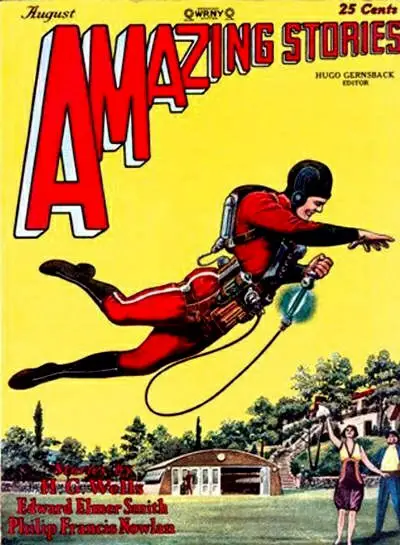
I’d also be able to drink half a bottle of wine instead of one glass with a meal occasionally, if I didn’t have to drive home. But we’d have to find some other way for our young drivers to let off steam. It’s always the same. Progress solves one problem, but another one always takes its place. That’s a prediction I can safely make.
Now I need to find that blueprint for an anti-gravity belt. It’s probably in the roof.
If you have been, thank you for reading this.
Image: Autohistorian under CC BY 2.0
Image: Hazel Stanmore-Richards under CC BY 2.0
Image: oddsock under CC BY 2.0
Image: E-Kartoffel under CC BY 2.0
Image: Theo’s Little Bot under CC BY 2.0
Image: JD Hancock under CC BY 3.0
Image: Hyju under CC BY 2.0

